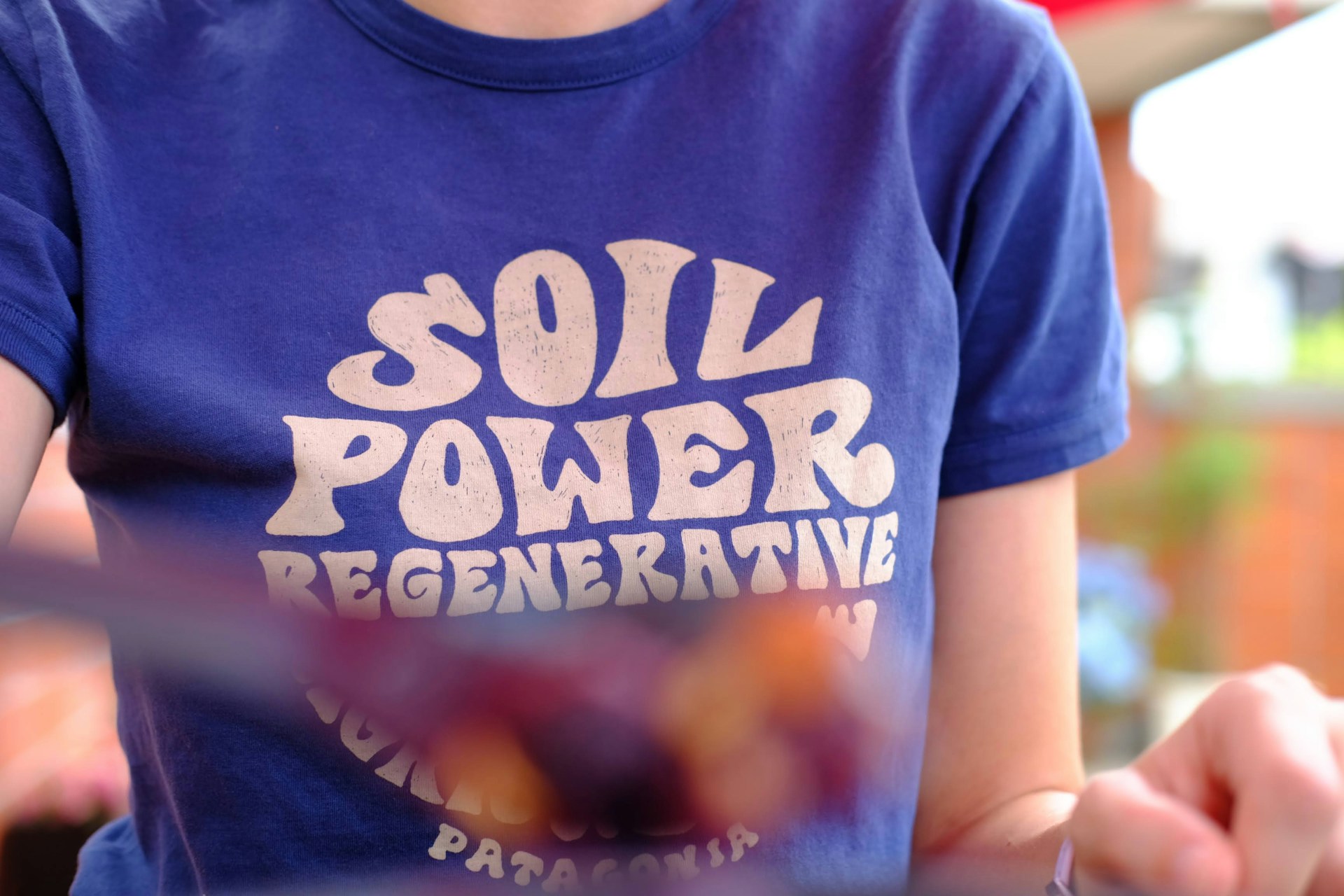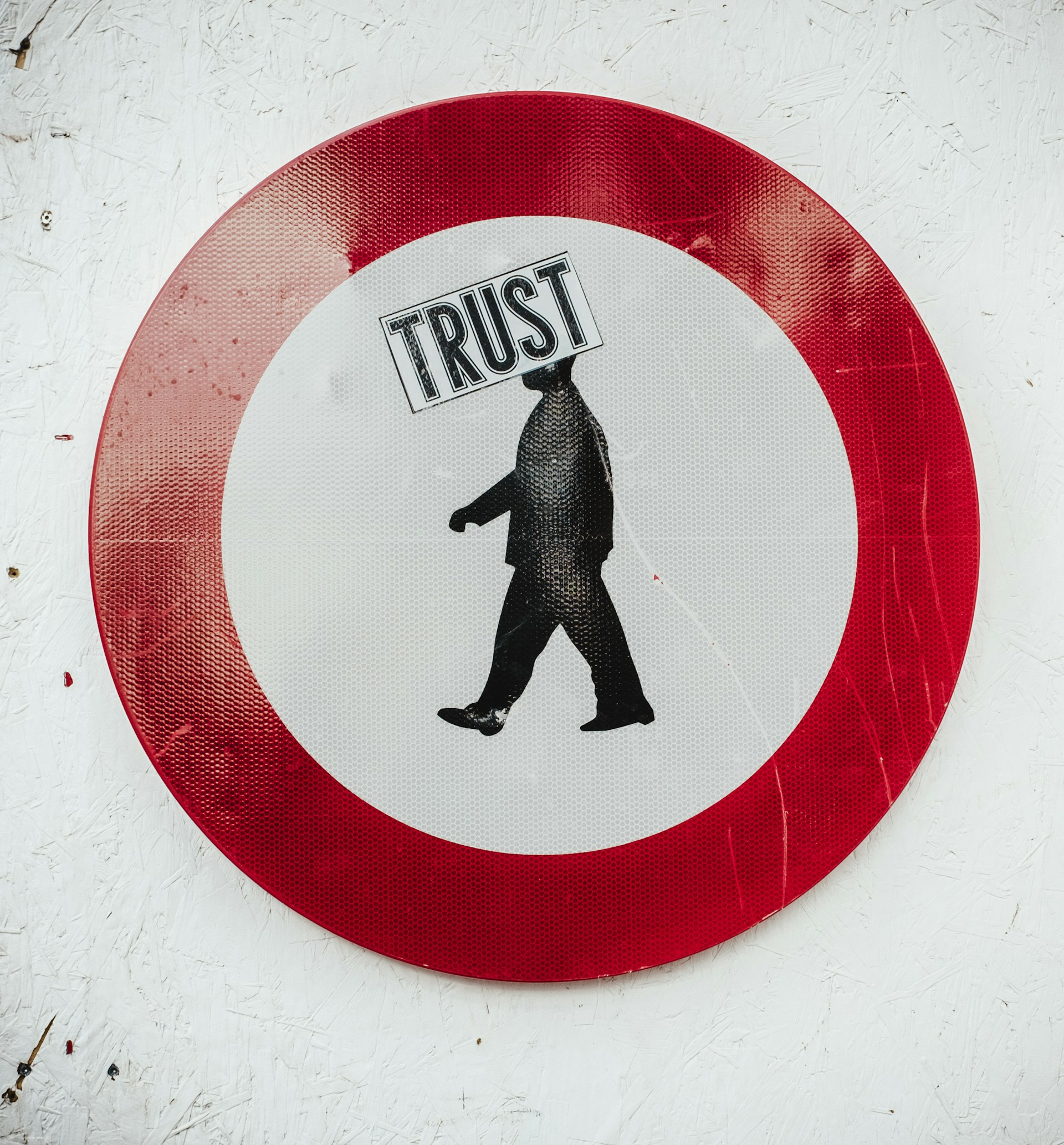When you tell a story, who benefits? That probably feels like a weird question. Maybe it is, but the answer lies at the heart of whether your marketing uplifts or exploits, builds trust, or fractures it.
Robin Wall Kimmerer, in her beautifully interwoven book Braiding Sweetgrass, speaks of reciprocity: the idea that all living things are connected through a mutual exchange of giving and receiving. Plants give oxygen; we breathe it in. The Earth provides food; we return gratitude—or perhaps compost, or care for the land. This isn’t a one-sided transaction. It’s a cycle, a relationship, and a reminder that nothing exists in isolation.
The same principle applies to storytelling in marketing. At its best, storytelling should offer something meaningful to your audience—a gift, not a grab. It should invite a conversation, not impose an agenda.
Storytelling as a Gift
Too often, marketing is seen as a megaphone—a way to broadcast a message to as many people as possible. But genuine storytelling is more like planting seeds. You offer something of value: knowledge, inspiration, or connection. In return, you might gain trust, loyalty, or even advocacy.
This reciprocity hinges on your intention. Are you telling a story to serve your audience, or to manipulate them? The latter might win short-term conversions, but the former builds enduring relationships.
When Storytelling Fails the Reciprocity Test
Consider a story that’s all take and no give—a tale spun to mask the truth or extract as much as possible from an audience. It’s the brand that markets “green” products while dumping toxic waste, or the influencer pushing an unattainable lifestyle for clicks and commissions. These stories harm the audience but they hurt the storytellers themselves, eroding trust and authenticity over time.
The Reciprocity Model in Action
Ethical storytelling asks: How can my story give back? It’s not just about what you sell but how your business contributes to the ecosystems it touches—natural, social, and economic.
Take Patagonia, for example. Their stories don’t just highlight products; they amplify the voices of environmental activists and educate audiences on sustainability. They give knowledge, foster awareness, and build a community around shared values.
Or think about smaller brands that integrate reciprocity by sharing stories of their supply chains, and acknowledging the people and resources behind their products. This transparency invites customers to become co-creators in a cycle of mutual respect and care.
Incorporating Reciprocity into Your Marketing
How do you bring reciprocity into your storytelling? Start by shifting your perspective:
- Listen First: What does your audience value? What challenges do they face? Craft stories that respond to these needs, not just your sales goals.
- Give Freely: Share knowledge, resources, or inspiration without strings attached. This might mean a how-to guide, a free webinar, or just a heartfelt story.
- Acknowledge Your Partners: Whether it’s the land, your team, or your suppliers, weave their contributions into your narrative.
- Close the Loop: Show your audience how their engagement completes the cycle. For instance, highlight how their support enables your business to give back to the community or environment.
The Bigger Picture
Ultimately, storytelling isn’t just a marketing tactic. It’s a way to reflect and reinforce your values. And when you tell stories rooted in reciprocity, you do more than grow your business—you build something enduring: a relationship based on mutual respect and care.
Imagine a world where every story gave back as much as it took. That’s the world reciprocity calls us to create.




